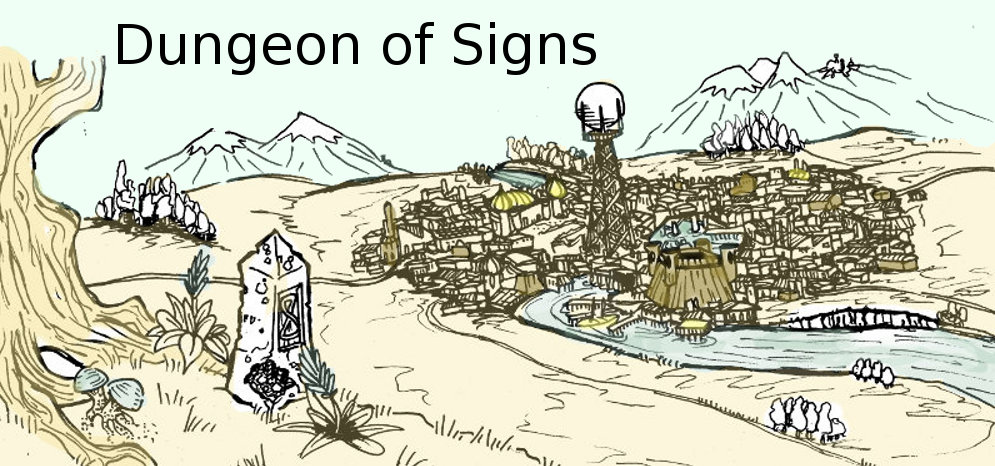THE MASTER GAME
 I have been thinking about high level games, how bizarre
and impossible they seem now, when I mostly want to play and run games where
tragically human, limited and fragile characters face off against the mythic underworld
or cunning and merciless over-world factions dependent less on the dice then on player wit. Yet, high level play was a staple of my
pre-teen D&D adventures, characters of 20th and 30th
level fighting hordes of lichs riding red dragons, polymorph spells on every magic user's tongue, and a
plus five holy avenger in every fighter’s fist.
I have been thinking about high level games, how bizarre
and impossible they seem now, when I mostly want to play and run games where
tragically human, limited and fragile characters face off against the mythic underworld
or cunning and merciless over-world factions dependent less on the dice then on player wit. Yet, high level play was a staple of my
pre-teen D&D adventures, characters of 20th and 30th
level fighting hordes of lichs riding red dragons, polymorph spells on every magic user's tongue, and a
plus five holy avenger in every fighter’s fist.TSR recognized this style of play, and produced product for it, specifically the ”black box” Master Set (levels 25 -35) of D&D in 1985, followed by the Immortal set in 1986 for characters that have ascended to demigod status. These are still strange rulesets, especially the Immortal Set, which while a good idea, appears to have completely changed the rules of D&D and is complex and strange. The Master Set though struggles with the hard questions of terribly powerful characters and appears to fall back on the answer of limiting casting ability, but which I otherwise remember as having sound advice. This anti-magic bent isn't a surprise, as I suppose the another method is to simply allow everyone/everything in the game to cast as a 35th level magic-user, making a game similar to the board game Nuclear War, where fights end as spheres of annihilation and disintegration rays leap from either side, pass in the air, and end the campaign. I doubt there’s much need for high level play advice in the OSR circles I frequent (though Simon at … and the sky full of dust has just finished Session 127 of his Against the Giant’sCampaign and it looks like things are getting Spelljammer). Still the Master set poses interesting questions, and the Immortal Set is tempting - I find myself drawn to see how these old TSR sets tried to handle the difficulties of high level games.








